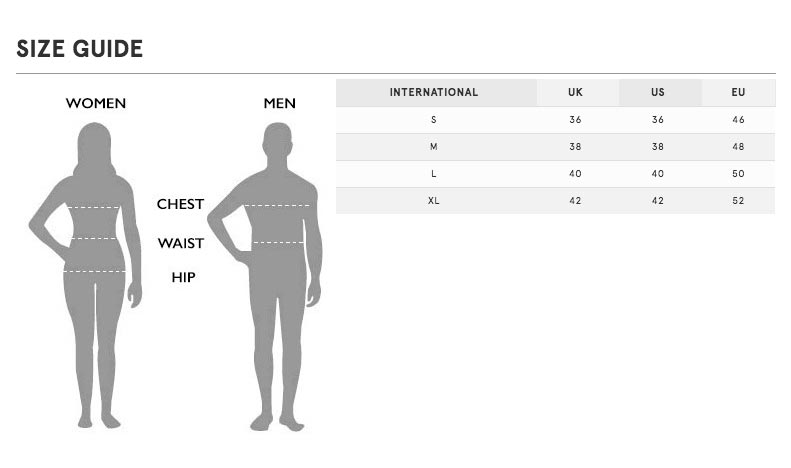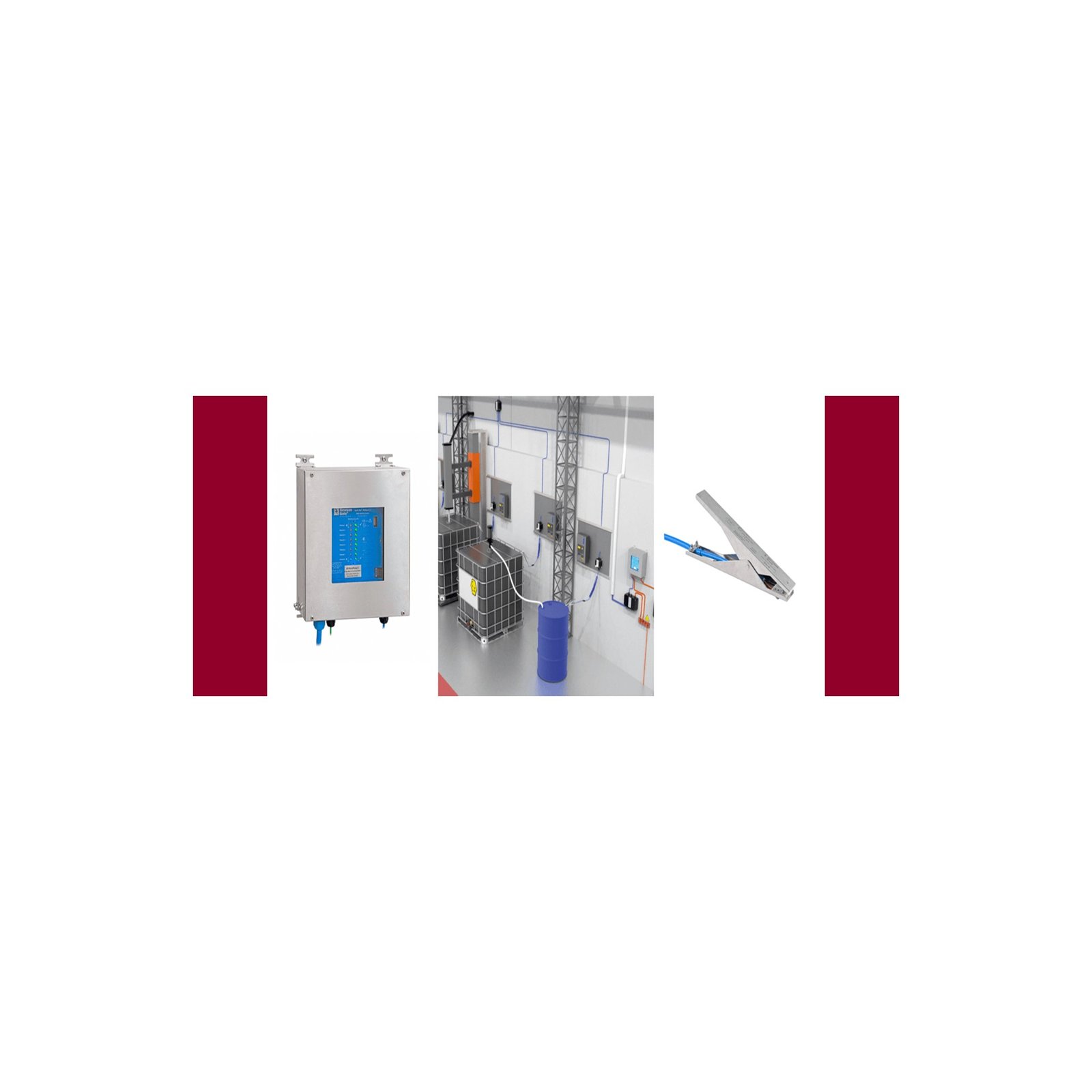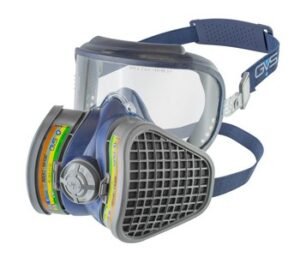Earth-Rite® MULTIPOINT II rounding interconnected plant assemblies and piping with system interlocks and indication

SHIPPING
- Complimentary ground shipping within 1 to 7 business days
- In-store collection available within 1 to 7 business days
- Next-day and Express delivery options also available
- Purchases are delivered in an orange box tied with a Bolduc ribbon, with the exception of certain items
- See the delivery FAQs for details on shipping methods, costs and delivery times
RETURNS AND EXCHANGES
- Easy and complimentary, within 14 days
- See conditions and procedure in our return FAQs
Have a question?
Description
DESCRIPTION
The Earth-Rite MULTIPOINT II is a multi-channel static grounding system for powder processing operations that can generate large quantities of electrostatic charge via the movement of powder. The most common cause behind the electrostatic charging of powder processing equipment is “tribo-electrification”.
In pharmaceutical operations, equipment like powder conveying systems, micronizers, blenders and sieve stacks all make up multiple component assemblies that can accumulate high levels of electrostatic charge should any of the components be isolated from a true earth ground.
Regular disassembly for cleaning and maintenance can result in bonding connections being missed or not being made correctly when the equipment is reassembled.
Regular flexing, vibration and corrosion can also degrade assembly connections so it is imperative to ensure that no parts in the assembly become isolated from a true earth ground.
Powder processing equipment presents more of a challenge compared to standard applications as there are many metal parts that can make up larger assemblies that are potentially electrically isolated from each other. It is therefore important to ensure that multiple components that come into contact with charged powders have a means of being monitored for static grounding protection purposes.
This application scenario is not limited to powder processing equipment. Multiple grounding points in liquid processing applications (e.g. multiple drum filling / railcar loading) can be managed with a single grounding system.
MAKE NEWSON GALE






